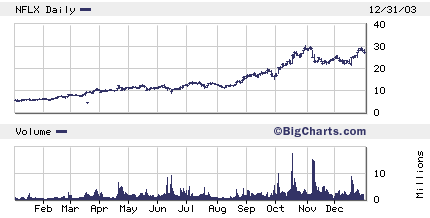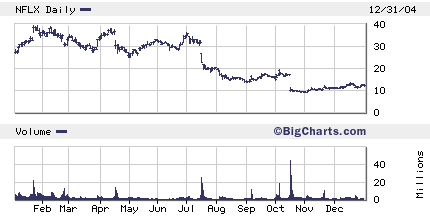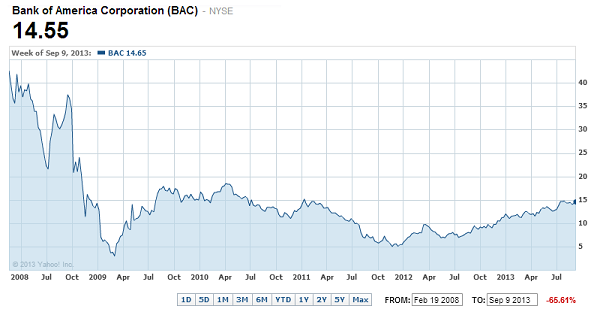I confess; when Twitter (TWTR) launched I thought it was stupid. When every single television commercial and print advertisement started saying "like us on Facebook, follow us on Twitter, etc I felt like it was social media overload. Now I can hardly watch any TV program without having random hashtag phrases pop up on the screen. Like enough people are really dying to tweet about the Survivor episode they are watching. #redemption island? Please. Stop. And no, I don't care what most celebrities have to say in 140 characters. And how many times do we need to hear about a professional athlete who tweeted something insensitive and then had to issue a public apology? We have better things to do with our time. As a result, I never thought I would really "get" Twitter.
But I am slowly coming around. Not because I find Paris Hilton interesting, but because I have actually found myself searching twitter several times lately for other reasons in my daily life. I was traveling on the day of the Potbelly (PBPB) IPO but one of my clients was interested in the shares, if the price was right after it came public (it wasn't). So I am sitting in an airport terminal waiting for my flight and wanted to know how PBPB opened. Since IPOs typically don't open until an hour or so after the opening bell in New York, I had no idea when that first trade would print. But a quick search on Twitter provided that information. I no longer had to be in front of a TV tuned to CNBC to find out.
Not only that, but I also wanted to know at what price it opened. Many stock quote apps are 15-20 minutes delayed and it would take 30-60 minutes for major news outlets to write and publish a story about it. Once again, Twitter was the only way I could find out the opening price in real-time. Within minutes after that I was boarding my flight and powered down my phone. But I knew that the price was above what I felt was reasonable and I could forget about it for the rest of the day.
It turns out Twitter is very useful for non-investing information as well. Now that I have lived in the Pacific Northwest for almost 18 months, I have grown to be a huge fan of food trucks. They were everywhere in Portland (part of the culture really) and here in Seattle there aren't as many but still quite a few. In fact, there are two that serve the parking lot outside my office a few times a month. The schedules can be variable and sporadic (the food truck business is tough from a proprietor standpoint so unless you have a "can't miss" location reserved, you are likely to mix it up day-to-day or week-to-week to try and get by financially). It turns out the only way to really find out where and when a particular truck will be in a given location is through Twitter. Web site listings become quickly out of date given how much these trucks relocate and how little advance notice is typically given.
So, I am warming up to Twitter. I don't actively tweet (although links to each of my blog posts are set up to automatically go out to followers of @peridotcapital) and I don't plan to, but the service clearly has value. And as I have found, not only to celebrity junkies or tech heads. Now, does the fact that I can get Potbelly quotes and food truck location updates mean that Twitter is a sure-fire business that is worthy of your consideration at a $20 per share IPO price/$14 billion initial valuation (and likely to go higher than that even before it begins trading)? Maybe, maybe not.
I don't think there is any way to know that without a crystal ball. After all, the company will bring in about $700 million in revenue this year so investors who buy the stock are buying it for future revenue and profits, not what they are earning today (which is only about $3 per year for each of the 230 million monthly active users they have right now).
It is entirely possible the stock opens at $40 next month (I would not be surprised if the IPO price gets bumped up to $25-$28 before it is all said and done as well) and comes with a nearly $30 billion valuation. It is hard to justify that, but I am beginning to see that Twitter could play a large role in social media going forward with a larger slice of the population than I would have guessed and is likely to figure out a way to make several billion dollars monetizing the platform over time. Whether investors are willing to pay $10 billion, $20 billion, or $30 billion for that business remains to be seen.
Full Disclosure: No positions in any of the companies mentioned at the time of writing, but positions may change at any time.











